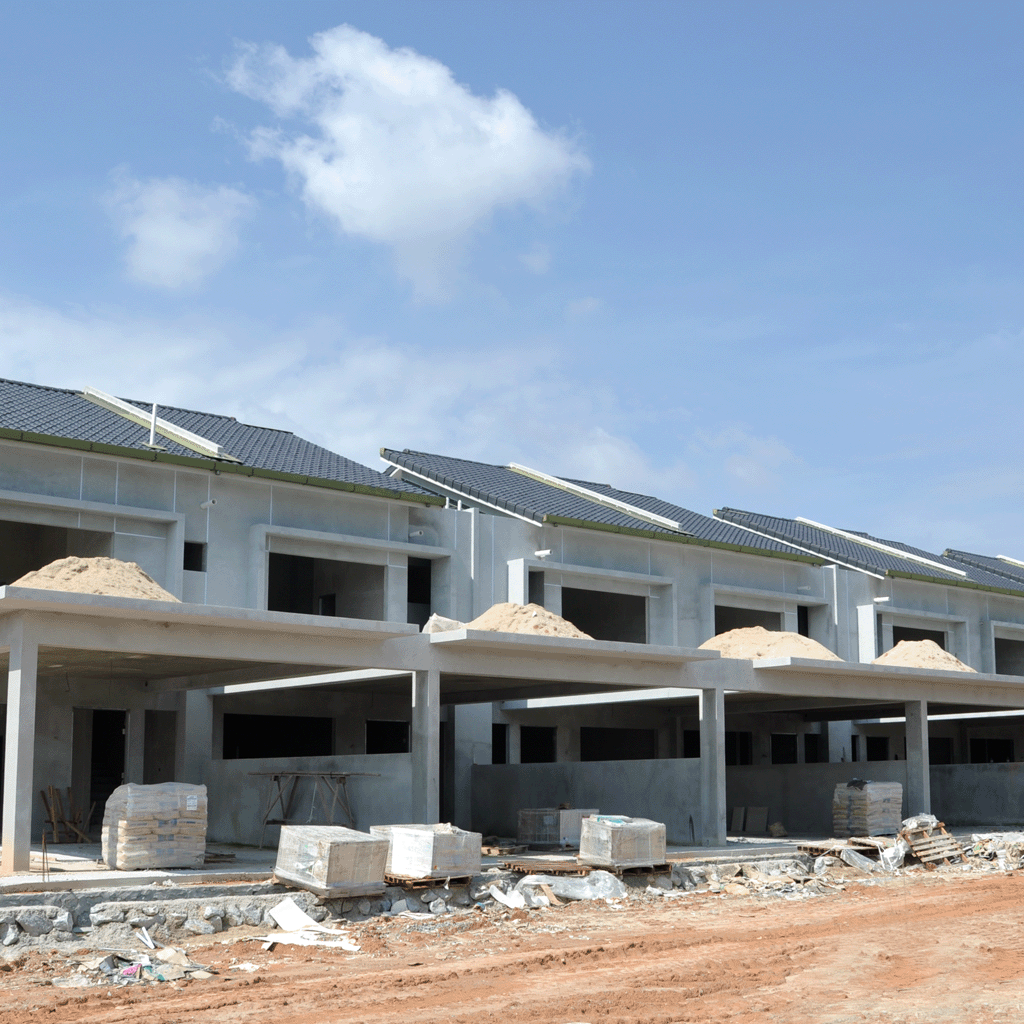Low-Rise Construction
Low-rise construction is a new trend in the real estate market, gaining more and more popularity.
Currently, in the field of low-rise buildings construction, it is customary to distinguish three large categories depending on the specifics of the facility.
Low-rise construction types
Low-rise residential construction is the construction and arrangement of country villas that make up entire villages, according to standard or individual projects.
Medium-sized shopping centres, shops, restaurant complexes, socially significant facilities (rest houses, hospitals, private schools, etc.) are being built for economic and social activities.
Low buildings can house warehouses, garages, household purpose facilities and other facilities.

Advantages of
low-rise
residential projects
- Comfortable environment. Living in low-rise buildings, a person feels more free than in the conditions of multi-storey urban area – buildings consisting of 3-4 floors do not “press” people with their dimensions, meaning that living in them is psychologically more comfortable.
- High pace of construction. Building houses with a small number of floors allows you to spend less money on arranging the basement. Implementation of projects for construction of such buildings requires less labour and time costs compared to documentation for high-rise apartments blocks.
- Location in places with favourable ecologic conditions. For the construction of low-rise buildings, suburbs of large cities or areas located at a small distance from them, immersed in nature, are selected. This ensures comfortable living in apartments, the high popularity of such housing among buyers.
Types of buildings by design
of low-rise houses
Using this technology, low-rise residential and commercial building are built from stone, brick, logs, timber, foam blocks, etc. The choice of available masonry materials for the construction of industrial and multi-apartment facilities is very diverse.
This design is typical for houses made of concrete, expanded clay concrete, earth block buildings, etc. Monolithic technologies provide the greatest strength and durability of finished houses; this is the most efficient, modern and technological way to build a house.
The structure of these residential and commercial buildings has a wooden, metal or other frame, as well as various masonry materials are used to fill the space of load-bearing walls. The implementation of such projects is quite fast.
Such industrial and multi-apartment buildings include buildings made of wooden panels and frames, light steel sheets, reinforced concrete materials, etc. The implementation of a housing project and the subsequent commissioning of apartments, as a rule, is carried out at a good pace, but it also has a number of shortcomings during subsequent operation, associated, for example, with heat and noise insulation.
In the suburban low-rise housing market of the Moscow Region, a combination of frame and masonry or frame-and-panel technology is very popular. Also, residential and public buildings made as monolithic constructions can be covered with bricks, blocks of various nature, etc.
